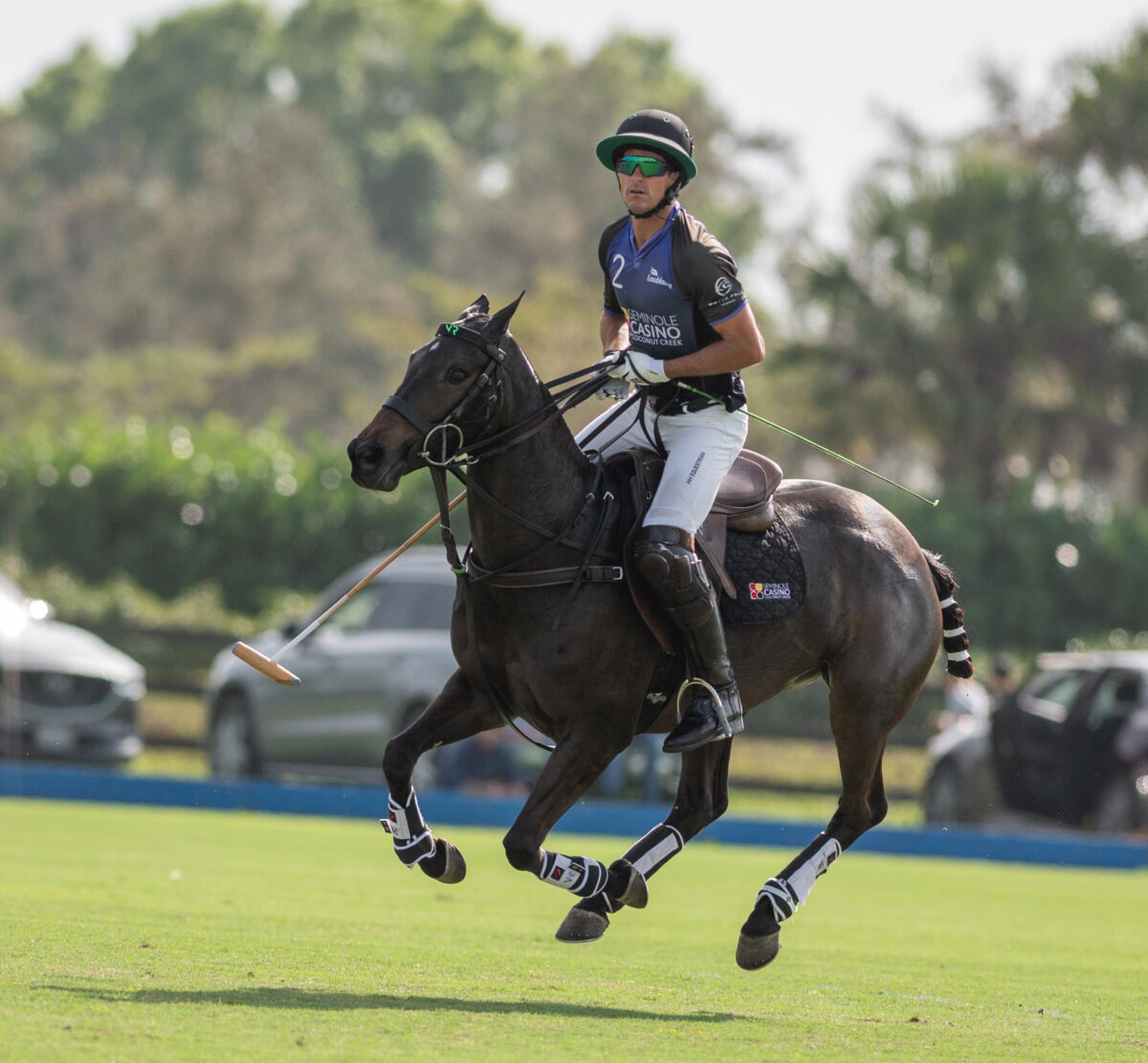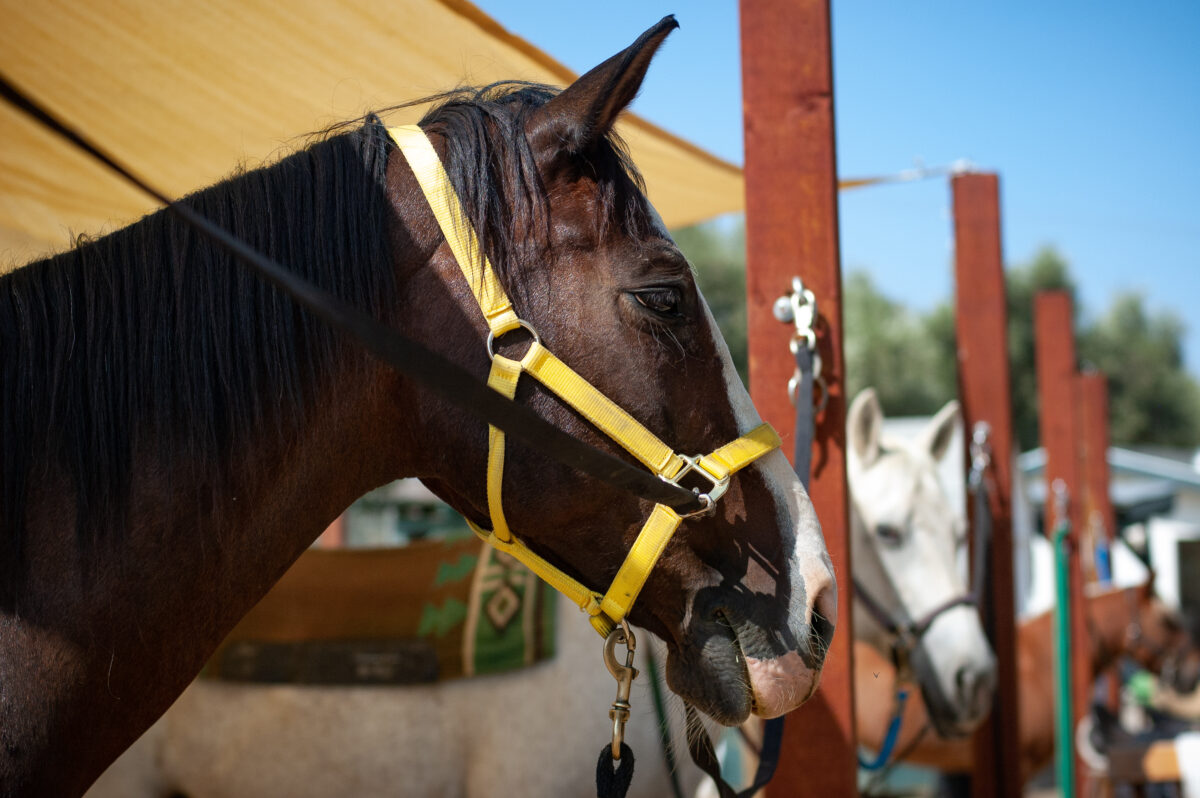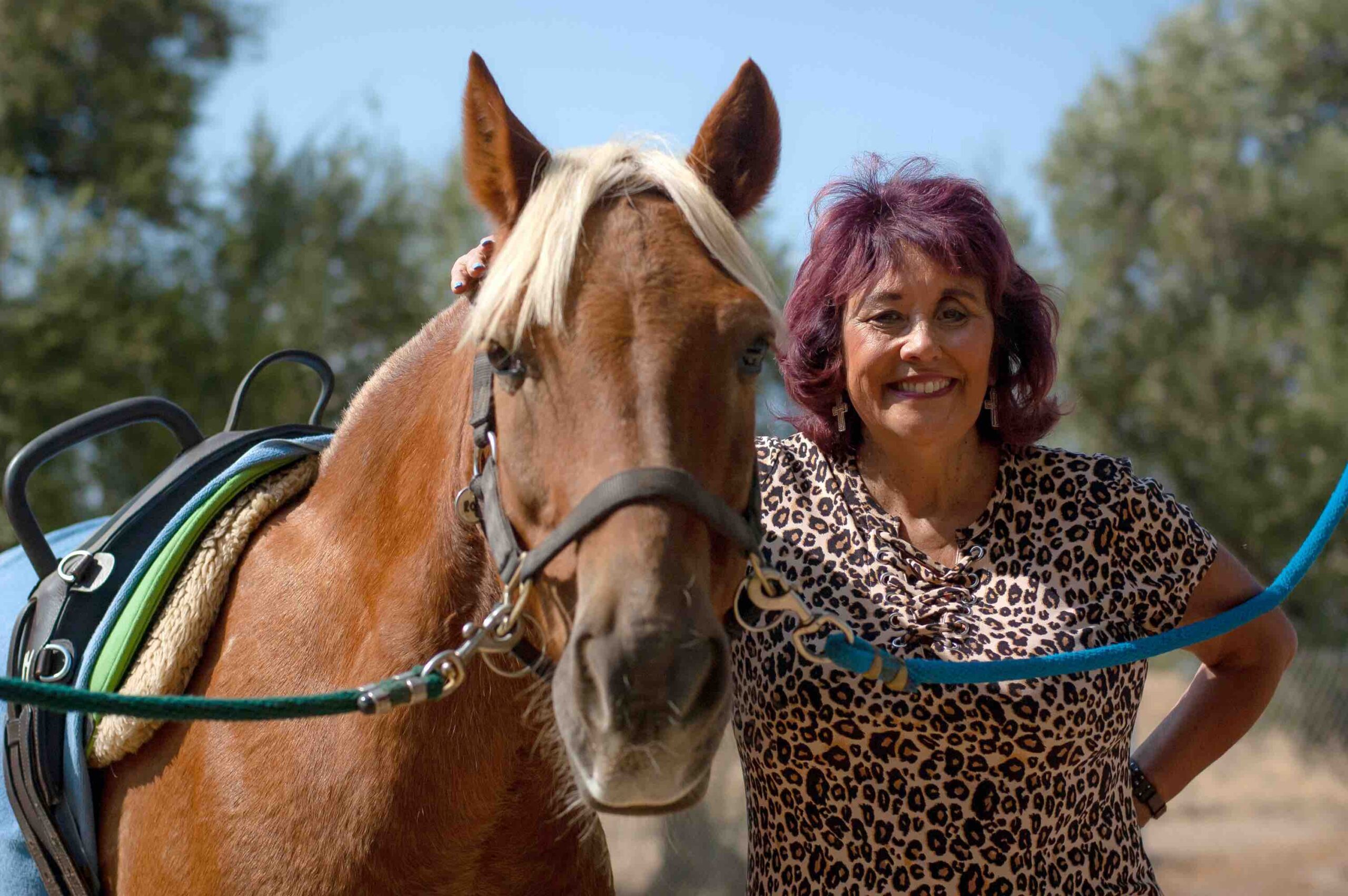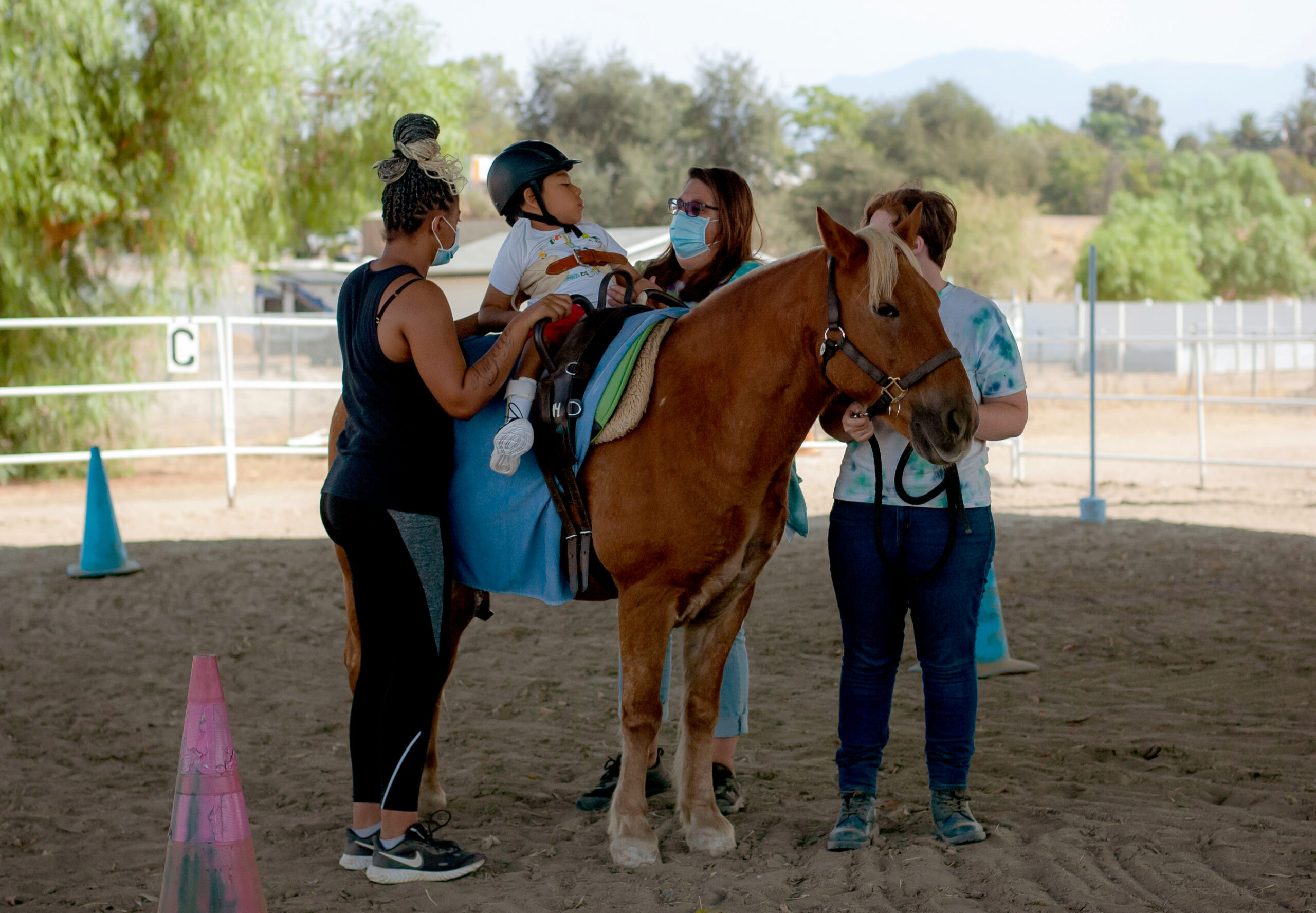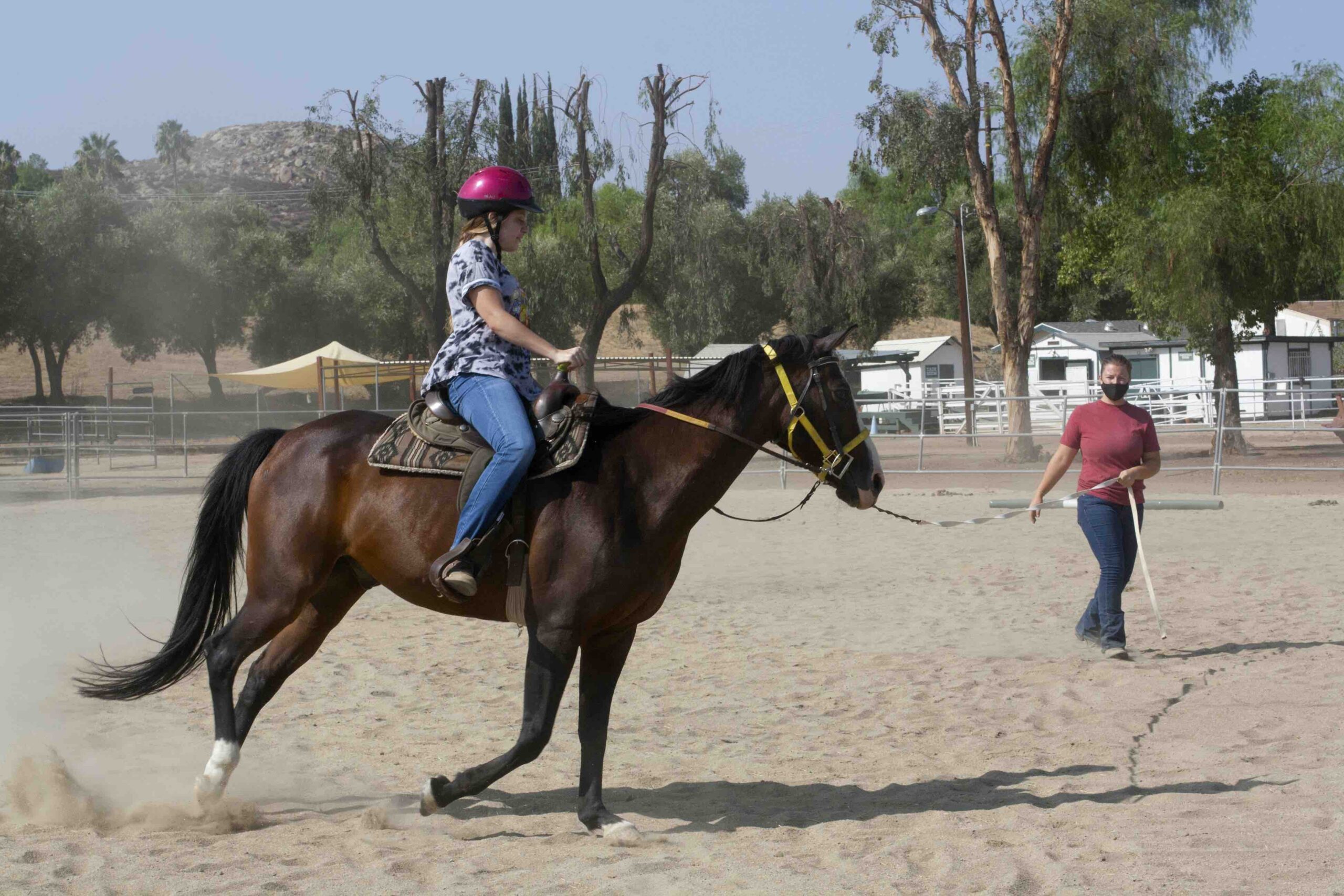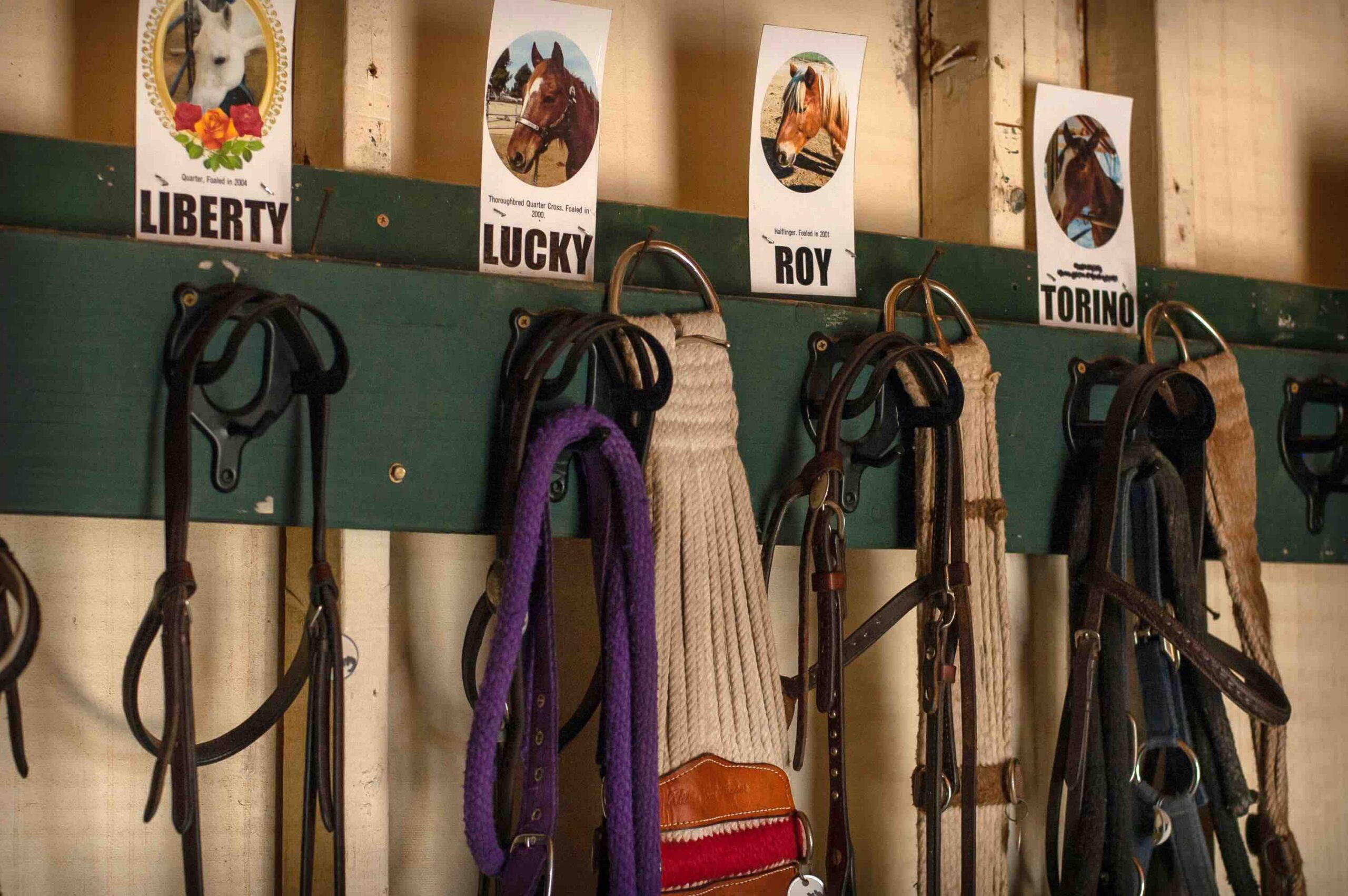A polo player must have great control not only of his body, but also over his horse. The two must be able to turn together on a dime. In the ancient game of polo—one of the oldest-known team sports, originally crafted as a mock battle for training cavalry—the speed is fast, the strategy is sharp, and the maneuvers are precise.
With horse power driving the action, the players’ lives are at stake. “People don’t understand … that we literally put our lives on the line every time we step out on the polo field,” said Nic Roldan, current captain of the U.S. national polo team.
He balked at discussing further the dangers or injuries he’s witnessed. “I never like to talk about it or even think about it,” he said. He compared polo players to NASCAR drivers; neither can afford to be paralyzed by fear. “The moment you start thinking about those things and having that fear, it’s probably the moment you need to quit,” he said.
Roldan keeps a tight rein on his thoughts. He directs them toward positivity, gratitude, and achieving his goals. At the age of 15, he became the youngest player to win the U.S. Polo Open. Now, at 39, he not only continues with polo, but also models, has his own apparel line, and founded a property development company. He spoke of the perseverance that’s key to his success.
“There have been challenging moments in my career—where either I’ve lost a job, or I didn’t get hired one year, or I wasn’t on a really good team—and you get really frustrated. You just go through it. I’ve always dug deep and had faith and a strong belief that I could do it. The mind is a very powerful muscle.”
An Early Start
Roldan starts his busy days with meditation and prayer. He takes an hour and a half of peaceful time to himself, and it’s his favorite part of the day. But going to the “office” is pretty good, too.
“Coming to my barn every day and knowing that this is sort of like my office and being able to hang out with these incredible animals, … I’m obviously incredibly blessed,” he said.

As a fourth-generation professional polo player, Roldan has been around horses for as far back as he can remember. His father, Raul Roldan, played polo for the Sultan of Brunei. His father is Argentinian and Roldan was born in Argentina, though he has lived most of his life in Wellington, Florida.
“What I learned the most [from my father] was his dedication, his passion for the sport,” Roldan said. “He was always extremely humble. I think that was a really great quality of his. He was always very kind. I think at the end of the day, those are the most important things.”
Roldan’s account of what led to his success shows humility as well: “It’s a little bit of luck; it’s having the right team, the right organization, and the right horses under you.”
He says that the relationship with horses is one of the most important parts of playing polo. “What defines an elite polo player is being at-one with your horse, … flowing with each horse in sort of an artistic way, like a ballerina.” It’s not easy to learn that level of synchronization, Roldan said. It’s partly innate, and it also develops naturally by spending a lifetime with horses.
The Horses
A game of polo typically lasts more than an hour, and players switch horses every several minutes. A player must thoroughly understand each horse’s unique characteristics, Roldan said.
For example, some are light in the mouth, so the player must be mindful of how hard he pulls to have the horse respond as he needs. Some horses have more stamina than others. He must be aware of how the horse is feeling that day. “You could have your best horse, but that day he doesn’t feel that great,” Roldan said.
He describes what it’s like taking all this into consideration in the moment: “It’s the relationship with the horse you have to have, the speed and the intensity, the understanding of each horse and the control of each horse—all while you’re trying to hit a ball 25 to 30 miles an hour, [and] you’ve got four other guys trying to chase you. It’s incredible.”
Roldan added: “We don’t just get out onto the polo field and run around like a bunch of chickens without heads. Every play is thought out. … It is really like a chess game.”
Holistic Life
Polo works the mind and the whole body. “The most important thing for polo is having strong legs, strong core, and strong shoulders and upper body,” Roldan said, laughing as he admitted that he listed pretty much every part of the body. “It’s the whole body. … If you look at most polo players, we’re not bulky. You need to be lean, flexible.”
Roldan also exercises his creative side. His mother, Dee Roldan, is an interior designer, and Roldan began working with her on flipping houses as a side project during his 20s.
“My mom has always had an artistic palette. She’s always been very unique and very distinctive in the way she’s dressed and in her designs,” Roldan said.
He set his mind to excelling in this pursuit and started building from the ground up. He founded a development company, Roldan Homes, and recently became a realtor for Equestrian Sotheby’s International Realty.
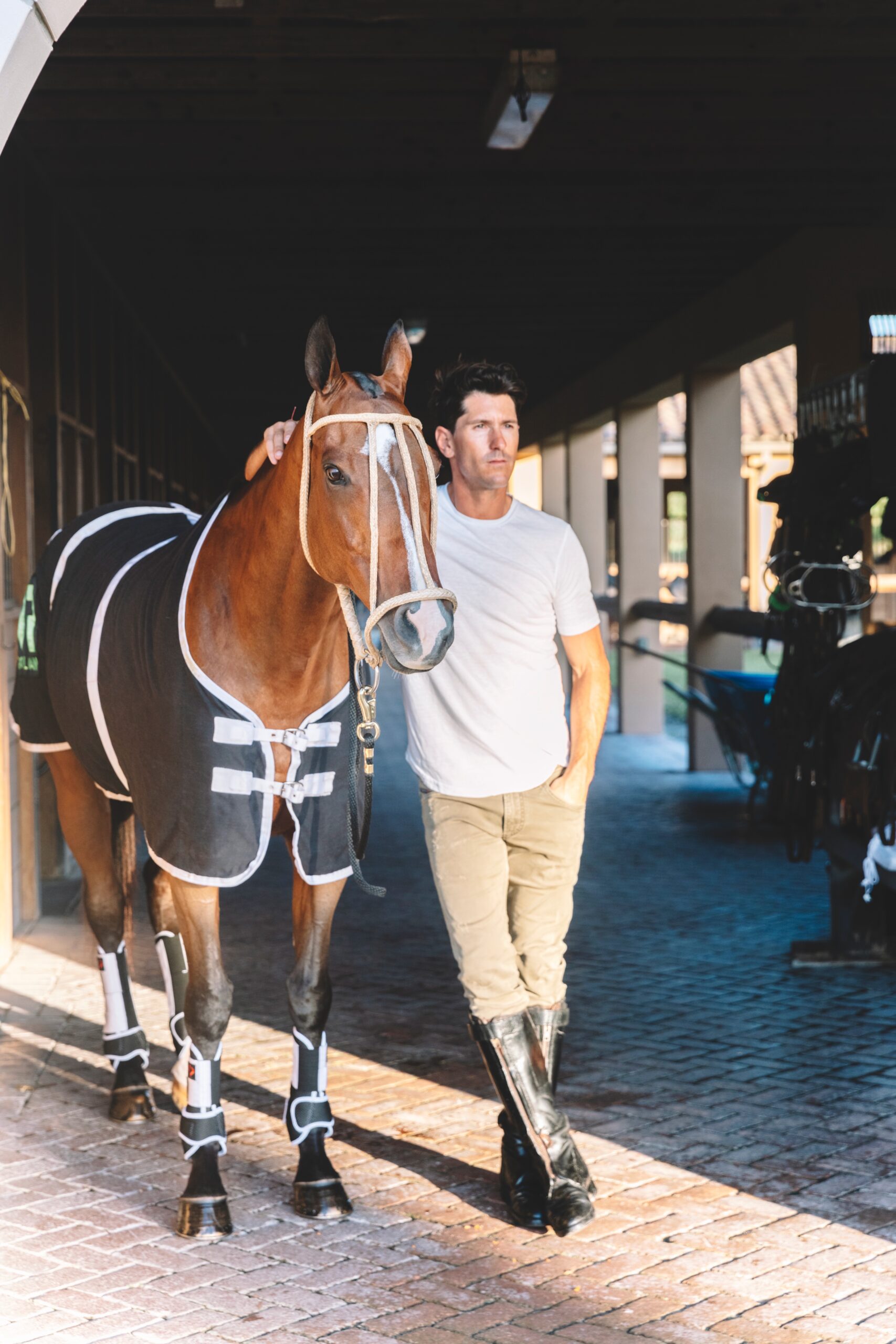
His equestrian experience melds with his real estate ventures. His hometown of Wellington is a large equestrian community, with many housing developments centered on equestrian facilities. One of his projects was a horse barn in the Grand Prix Village that sold for $8.8 million. The stalls are a clean, crisp white, contrasting with black wrought iron. Neat cobblestones pave the passageway through the barn. The staff accommodations are modern and roomy, and the owner’s lounge is centered around a large fireplace.
“As an athlete, your career ends at some point. Thankfully, in polo, you can play until your late 40s at a competitive level. As my career starts to wind down, I have to have other things to do,” Roldan said. “I love to stay busy. I love to work hard.”
Gratitude
He also loves to give back. Roldan has dedicated himself to philanthropy, including working regularly with the Boys and Girls Club in Wellington and Kids With Cancer.
“First and foremost, my motivation is what life has given to me. I feel deep down in my heart that, because of what I was given, that I should give back,” he said. “For me, anything to do with kids is really important.”
At the Boys and Girls Club, he spends time with children who are less fortunate, who need extra support as their parents struggle to provide for them. “We throw pizza parties there. I love going over there and seeing the smiles on the kids’ faces and playing ball with them. We do karaoke. It’s a lot of fun,” Roldan said.
Through Kids With Cancer, he spends time with children who are either going through treatment or in remission. He recalled a boy named Johnny who was in remission. “He was an entertaining little boy to be around. He was always smiling and having fun.”
Roldan keeps his mind on gratitude. “I’m obviously incredibly blessed to be where I am today, to have had such a great career. I get to travel the world, and I get to do something I love, I get to meet incredible people,” he said. It has taken hard work to excel to the level he has in polo, and “there’s the gray times and struggles,” but in the end, “it’s built me to who I am today.”
This article was originally published in American Essence magazine.

